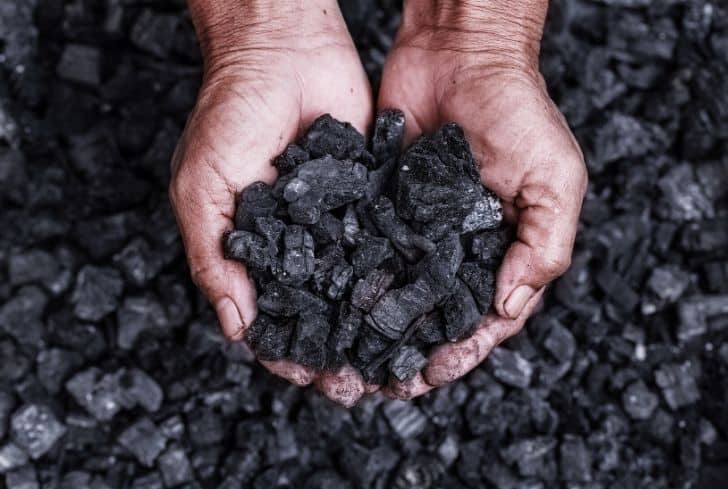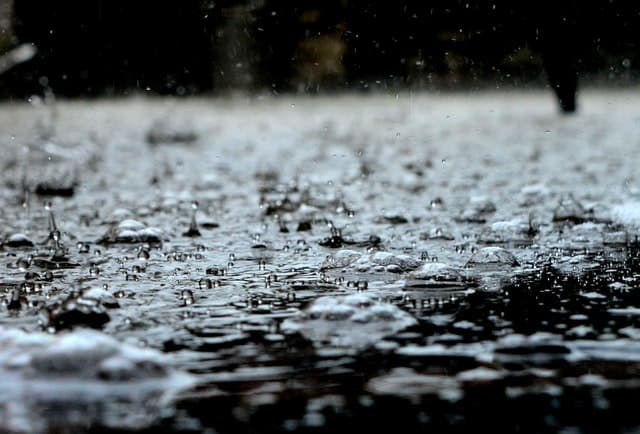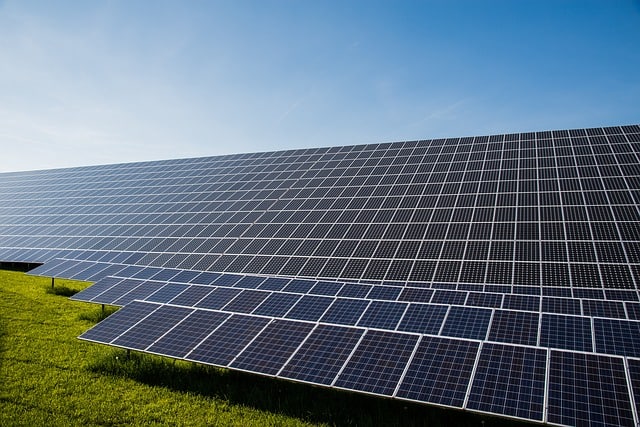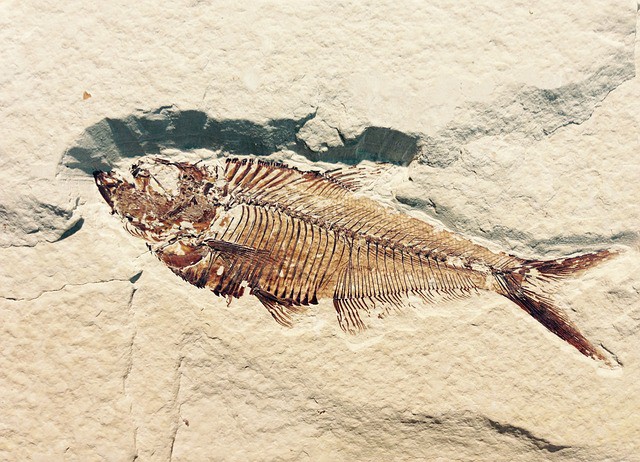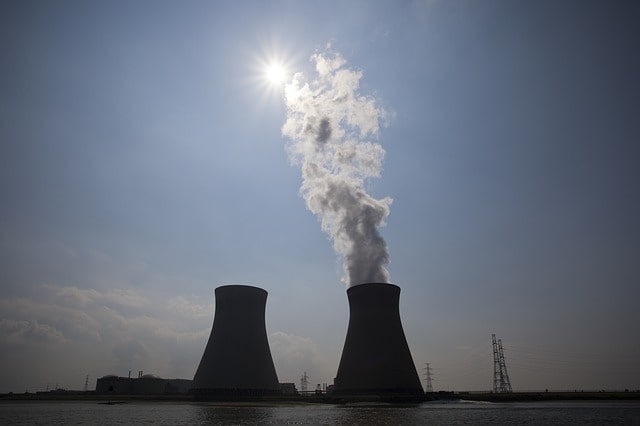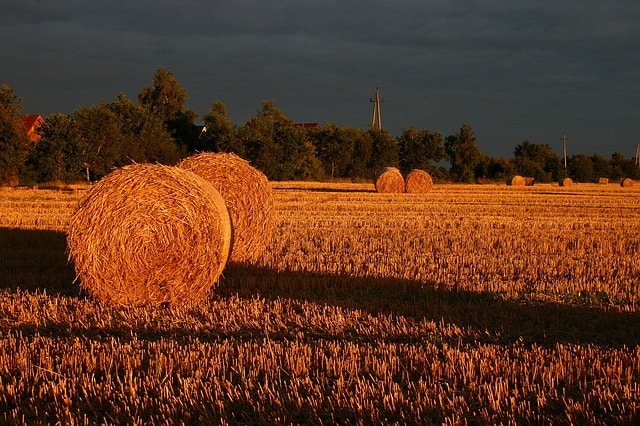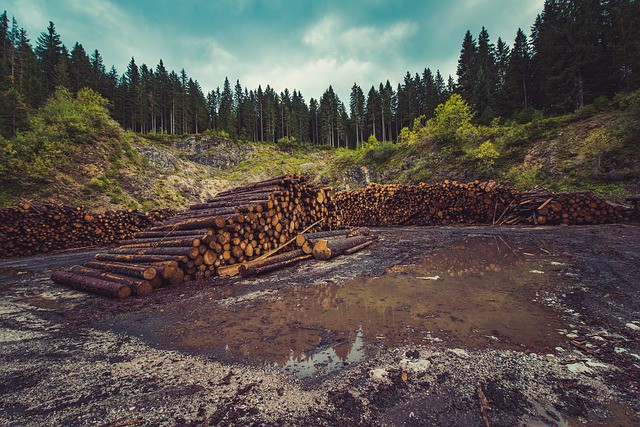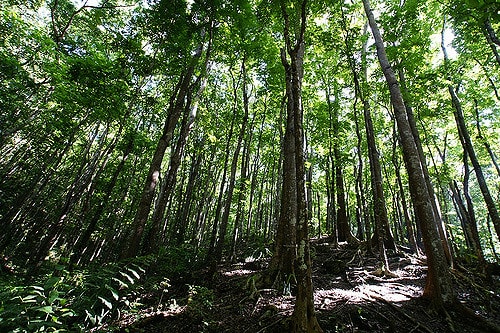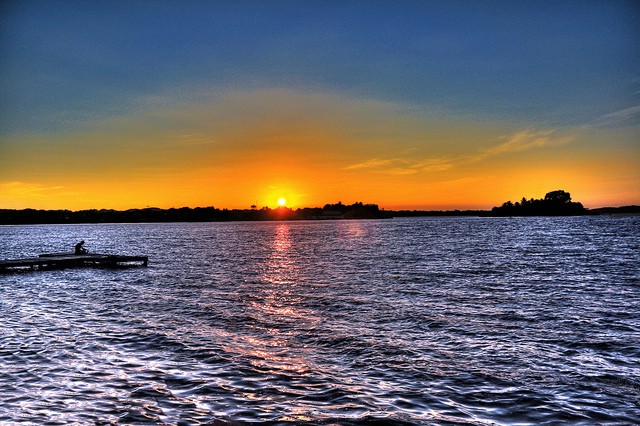What is Coal? How it was Formed? Is Coal a Renewable Resource?
In 1698, when the steam engine was first invented, it was coal that fuelled it. Coal has been a major source of fuel for humankind for hundreds and thousands of years now. This carbon-rich, primary fossil fuel has powered the human civilization right from the time it was known. Before proceeding any further, we must…

